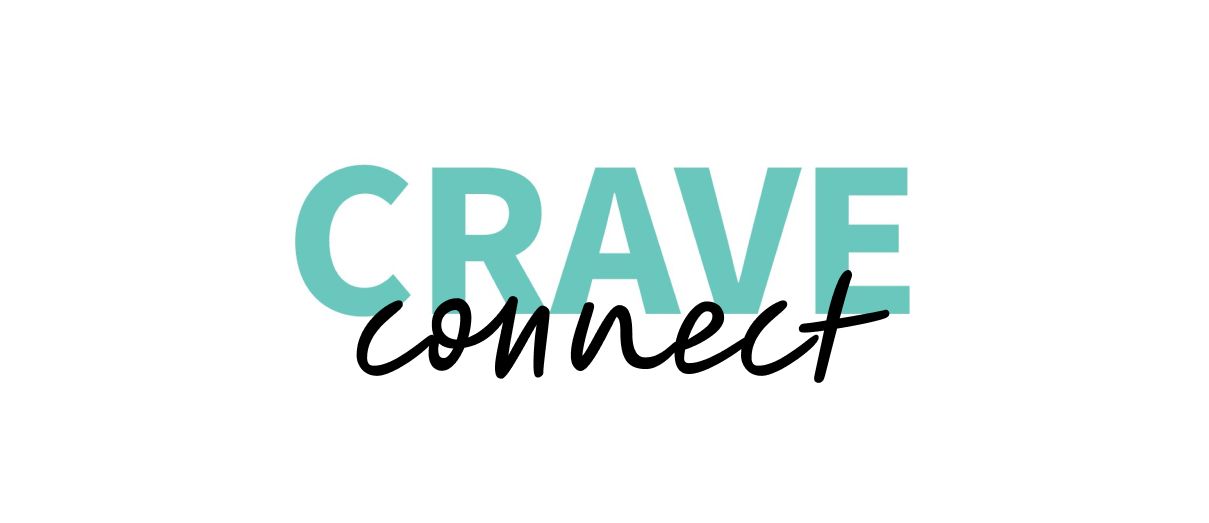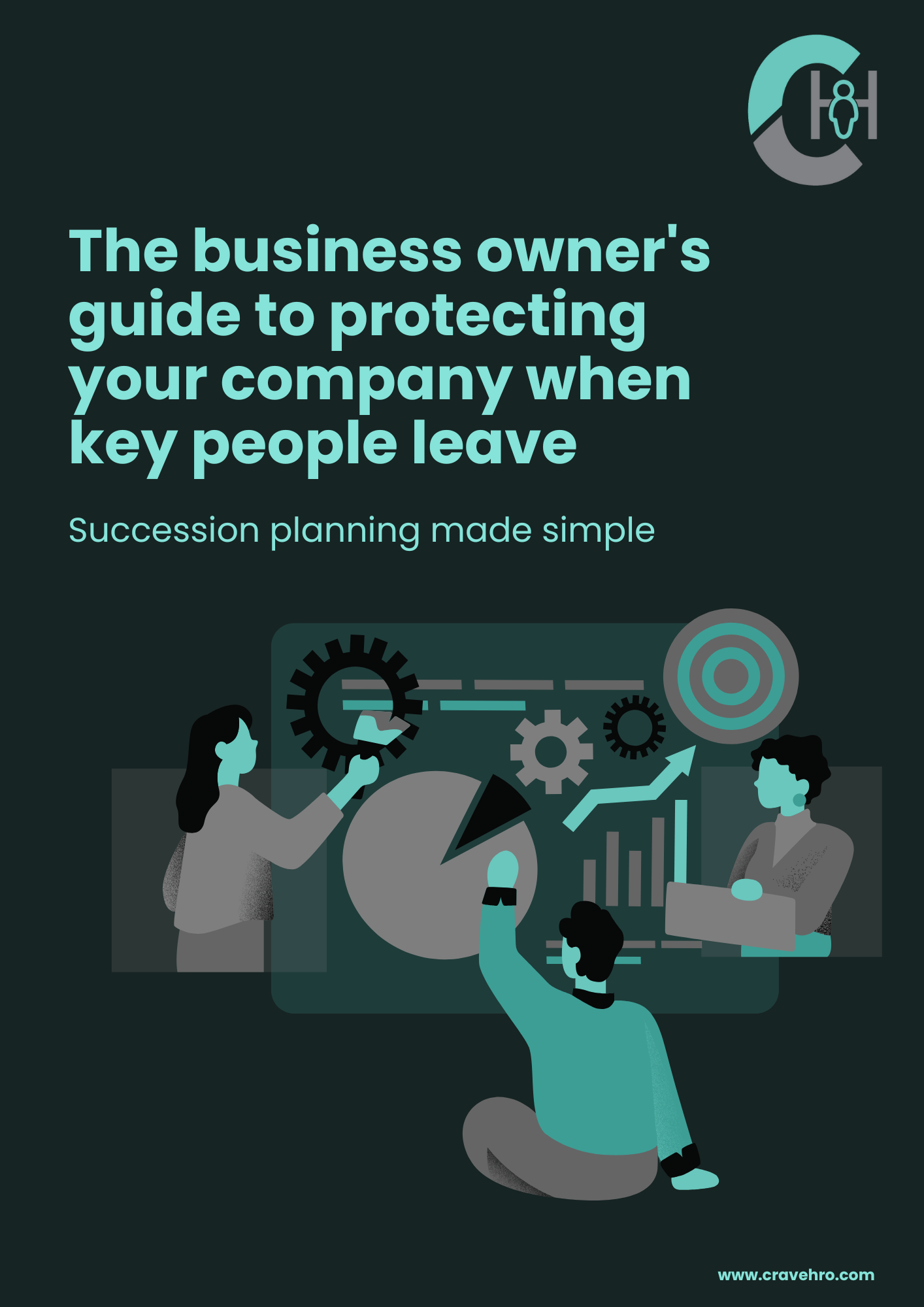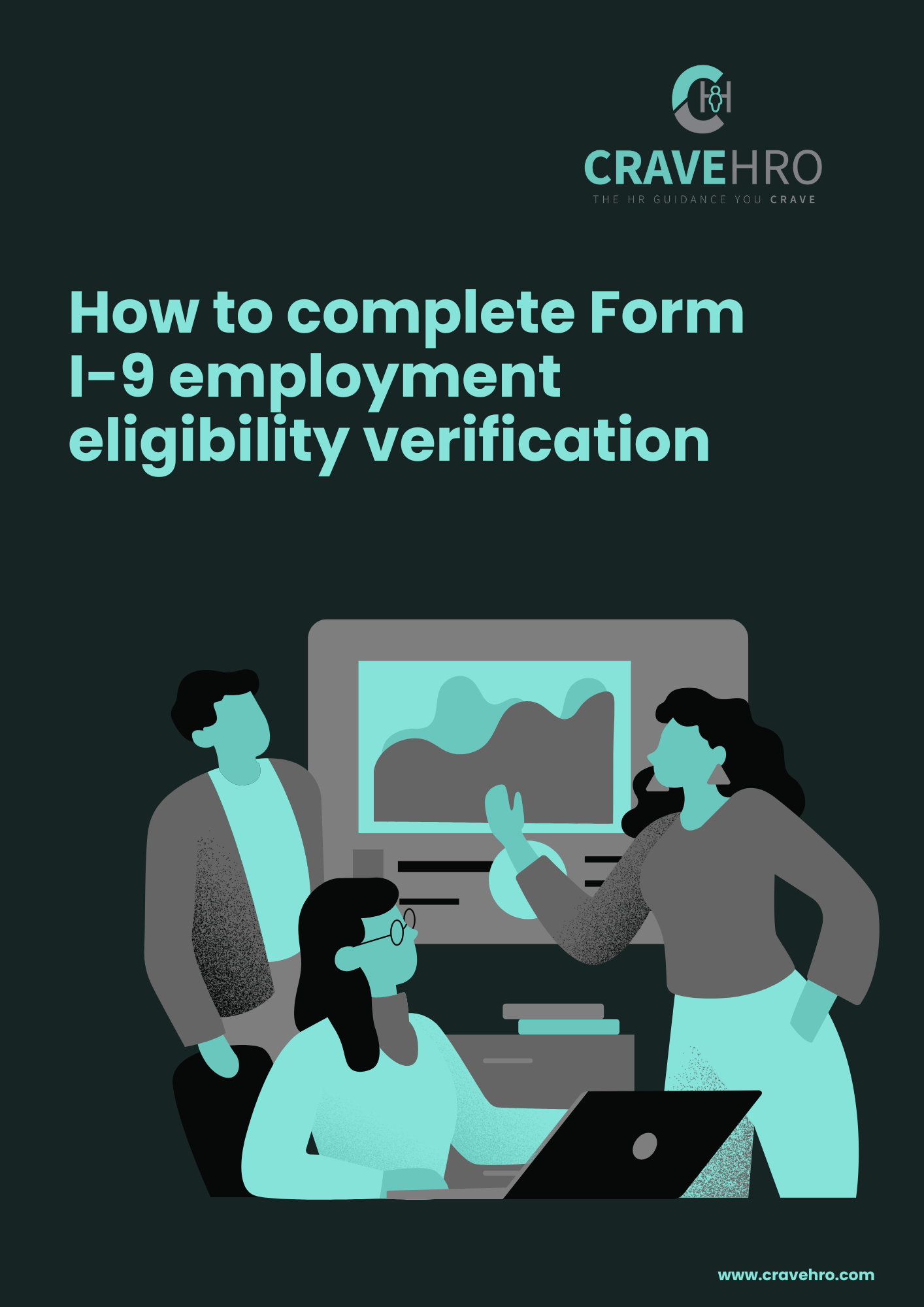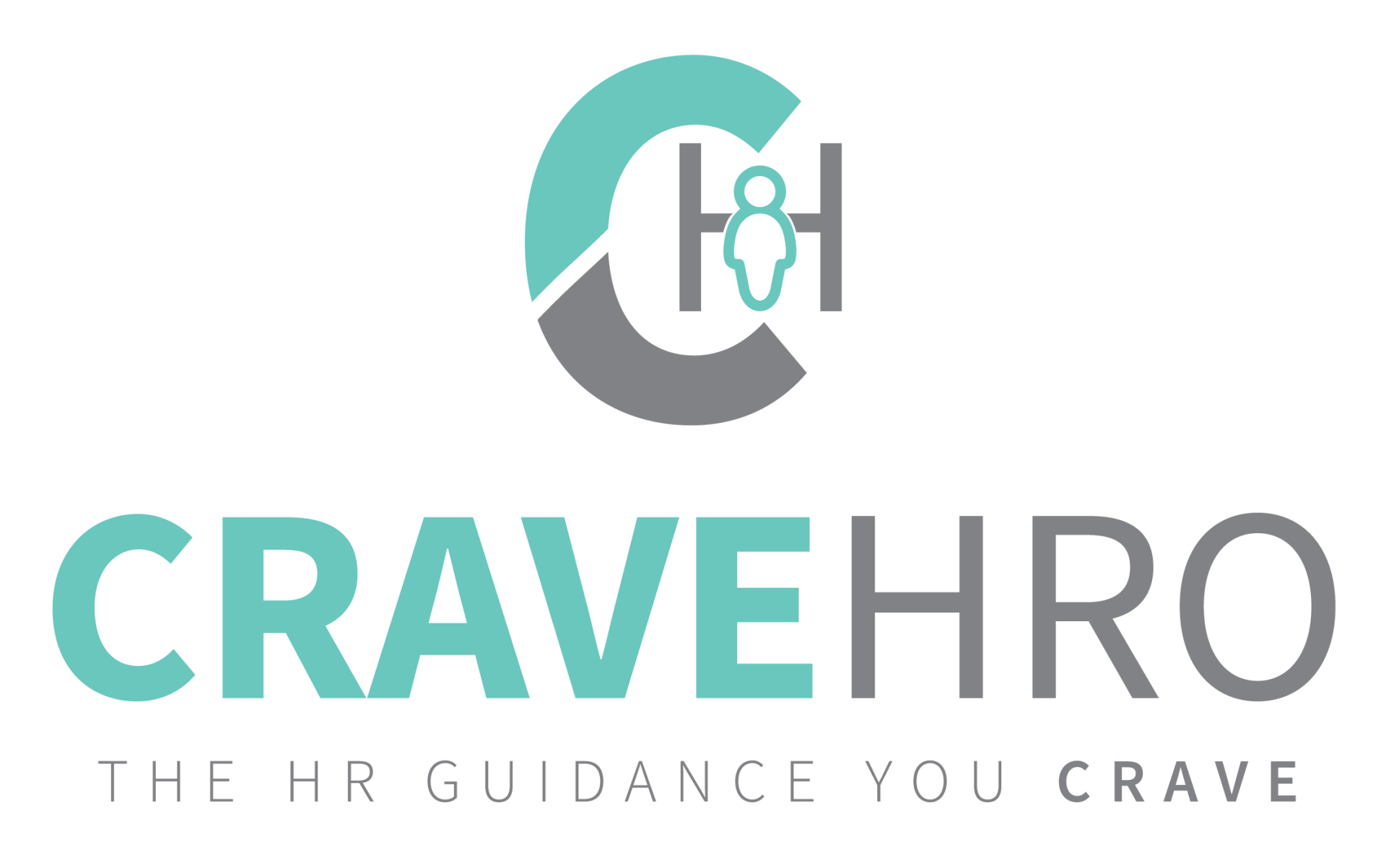We all know that one team member... 👀
The eye-roller. The constant complainer. The person whose mood determines everyone else's day.
Most of us put off dealing with these situations because, let's face it, those conversations are about as appealing as a root canal.
But here's the thing - I've seen small businesses completely transform once they tackle this head-on.
The relief is immediate, and not just for you. Your team notices everything, especially who you allow to get away with what.
In today's newsletter, I'm sharing my simple framework for handling those tricky team members - without needing a law degree or turning into the bad guy.
Read it below 👇

We both know who I'm talking about...
That team member who's constantly late, rolls their eyes during meetings or constantly snaps at colleagues.
Let's be honest - they're costing you money.
Not just in productivity, but in the quiet exodus of your best people who won't stick around in a toxic environment.
I see it all the time with the businesses I work with.
One difficult employee can sink team morale faster than anything else, especially in a small business where everyone works closely together.
I get it. Having that conversation ranks somewhere between a root canal and doing your tax return on the 'things I'd rather avoid' list. So, problems fester.
But here's what happens when you delay (I've seen it countless times):
- Your good people start updating their resumés
- Productivity drops as everyone focuses on the drama
- Your best clients pick up on the tension and start to question your service
- Your revenue takes a hit - sometimes by as much as 30% in small teams
The good news is there is a silver lining.
I've seen businesses completely transform once they address these issues head-on. The relief is immediate, both for you and your team.
Start with a private conversation
Find a quiet moment, perhaps at the beginning or end of the day. No meeting room bookings that alert the whole team something's up.
"How are things going?" is often all it takes to open the floodgates.
I've sat with business owners who discovered that their 'problem employee' was caring for a sick parent, feeling bullied by another colleague or completely unaware of how their behavior was coming across.
Listen first. You might find the solution is simpler than you thought.
Be clear about expectations
Once you've listened, it's time for straight talk:
- "When you miss deadlines, we lose client trust worth thousands of dollars"
- "Your comments in meetings are stopping others from contributing their best ideas"
- "I need you to respond to emails within 24 hours so projects can move forward"
Be specific and direct.
But remember that you're talking to a human who probably wants to do well.
I've found that framing feedback as "helping them to succeed here" rather than criticism makes all the difference to how it's received.
Create a simple improvement plan
Skip the 10-page performance improvement plan. Nobody reads those.
Instead, grab a piece of paper and together write down:
- 2 or 3 specific changes you need to see (not 10)
- Exactly what success looks like ("completes safety checks before starting each job")
- When you'll check in again (I recommend weekly for the first month)
- What support you can offer (training? mentoring? adjusted hours?)
I've seen business owners transform relationships with "problem employees" in a single 30-minute conversation using this approach.
Sometimes people just need clarity.
Follow through consistently
This is the bit most business owners drop the ball on. You get busy, the follow-ups slide and 3 months later you're back to square one.
Put those follow-up meetings in your calendar now. Treat them as seriously as you would a meeting with your biggest client.
When you spot improvement, say something immediately. "I noticed how you handled that difficult client call today - that was exactly what we talked about. Well done."
And if things slip? Address it that same day.
A quick "Can we chat about what happened in that meeting?" works wonders.
Know when it's time for plan B
After 3-4 weeks, you'll know if things are working. If not, don't waste another 3 months hoping for miracles.
This is when having an HR specialist in your corner saves you time, money and sleepless nights.
Employment law is complex and the cost of getting it wrong can be steep. I've seen legal claims cost businesses tens of thousands of dollars.
What looks like a simple conduct issue to you might be viewed very differently by a judge if you haven't followed the right steps.
Your team is watching
Here's something business owners often miss: your whole team is watching how you handle this.
Every day that you allow poor behavior to continue, you're sending a clear message: "This is acceptable here."
On the flip side, when you address issues fairly and promptly, it reinforces your values in a way that no amount of team building or company away days ever could.
I've helped lots of business owners to tackle these tricky situations. Sometimes having someone in your corner who's been there before makes all the difference.
If you're facing a challenging behavior situation and want to talk it through, I'm here for a conversation about how to make your workplace work better for everyone.











